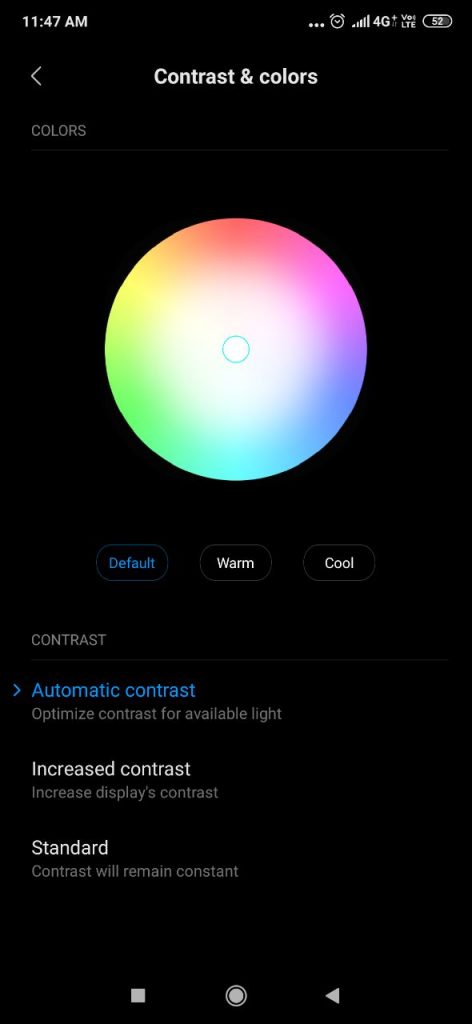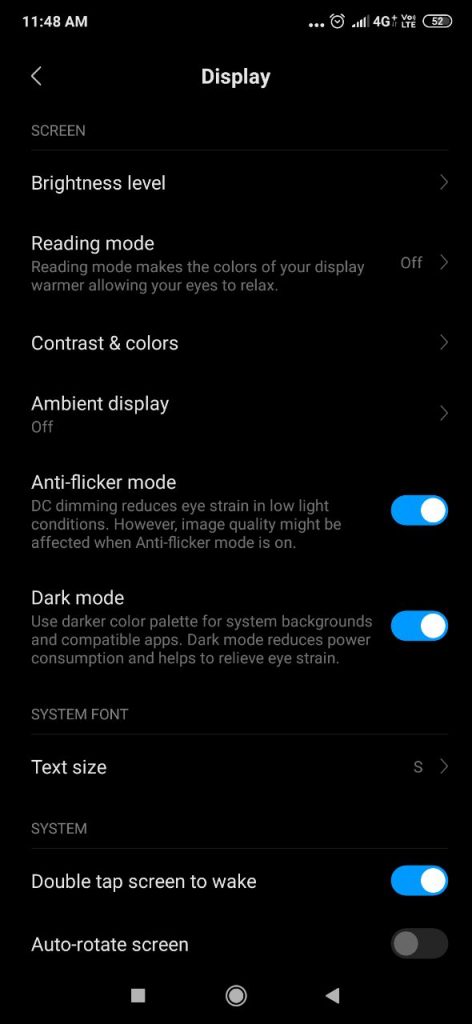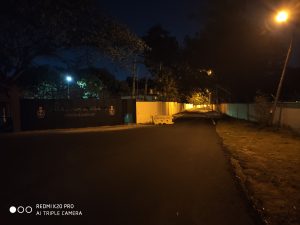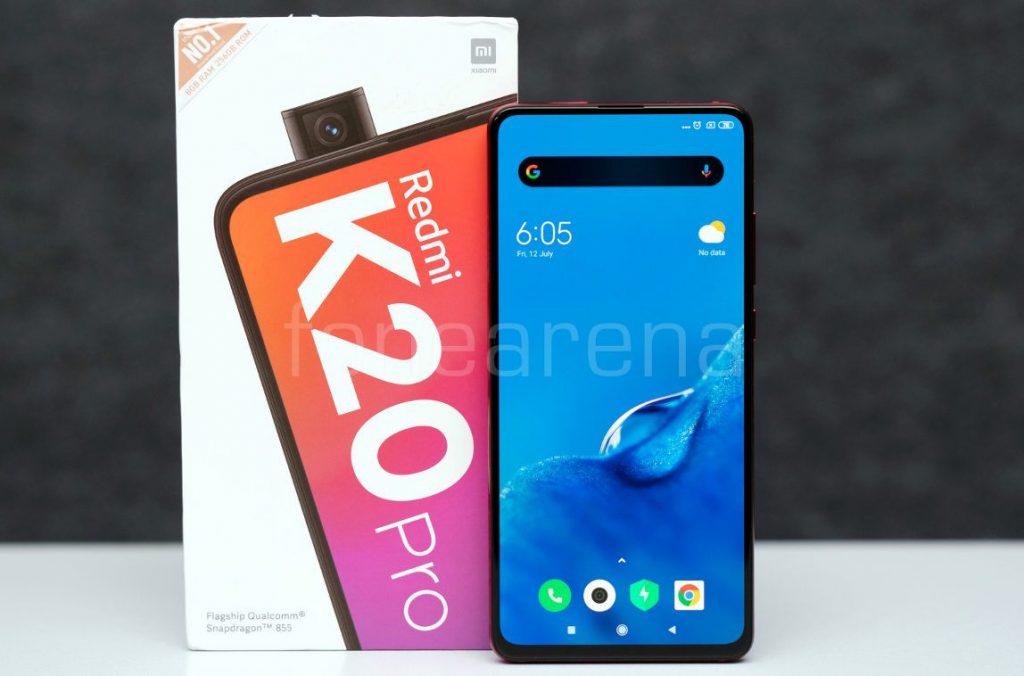
After disrupting the budget and mid-range segment, Xiaomi launched its first premium smartphone under the Redmi series – K20 Pro. With this device, the company is eyeing on the premium segment as it looks to grow its market share there as well. Touted as the new flagship killer, the K20 Pro set itself up against the OnePlus 7.
With a lot of options available in the market, especially in India, Redmi K20 Pro has an uphill task to prove over the legacy and standards set by its competitors. We used the device for more than a week, and we have come up with reasons why you should and should not buy the Redmi K20 Pro.
Unboxing
Box Contents
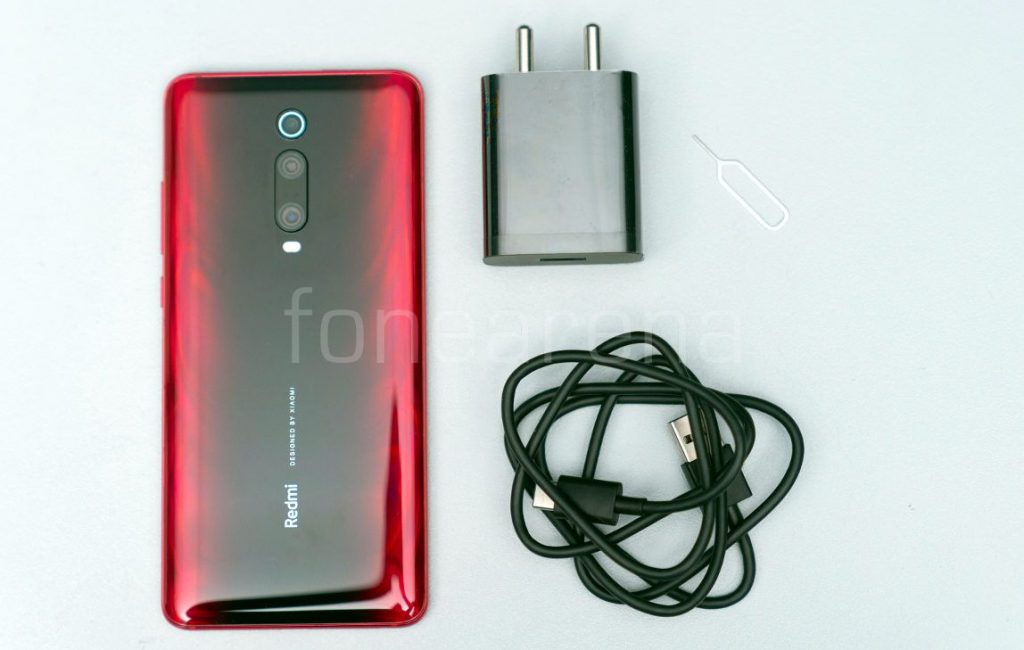
- Redmi K20 Pro 8GB + 256GB Flame Red version
- 2-pin fast charger (5V-2A / 9V-2A)
- USB Type-C Cable
- SIM Ejector tool
- Protective case
- User manual and warranty information
Why you should buy Redmi K20 Pro
Sleek and solid build

The Xiaomi Redmi K20 Pro is one of the best-designed smartphones in the market right now. Unlike Poco F1, the K20 Pro features an Aura Prime 3D curved back design with a flame pattern protected by Corning Gorilla Glass 5. The frame that surrounds the device is made out of metal.
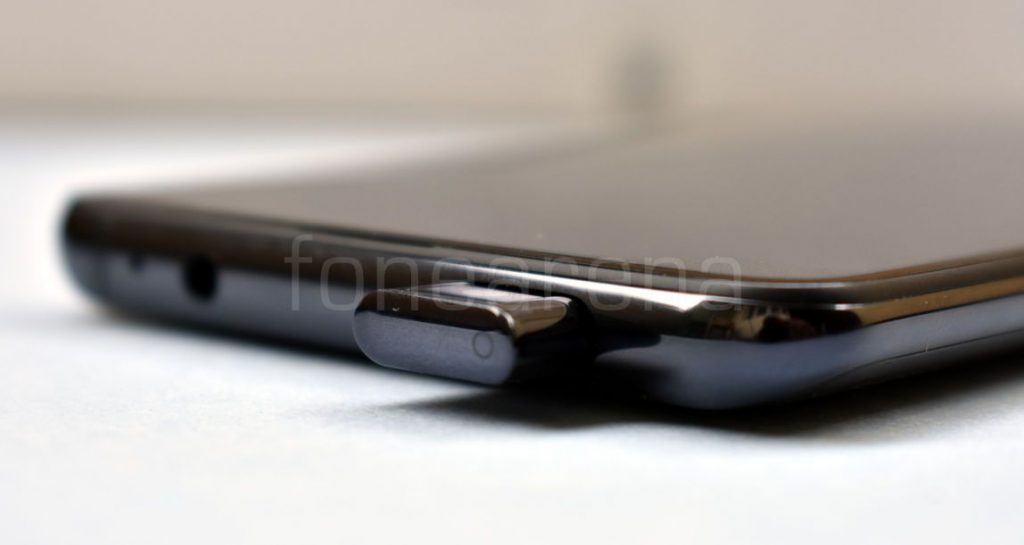
The glass-sandwich smartphone spice things up with its unique design (shapeshifting patterns), where the colors on the back diffuse towards the black central part. On the top, we have the notification LED embedded in the pop up camera module. Saying that, the light color cannot be changed.
Moreover, the device feels solid with even weight distribution and comfortable to hold, thanks to its sleek form factor. The device looks big, but not huge. On the downside, it’s slippery, attracts fingerprints, and feels heavy. It measures 8.8mm thick and weighs around 191 grams.
Best display in Redmi series till date
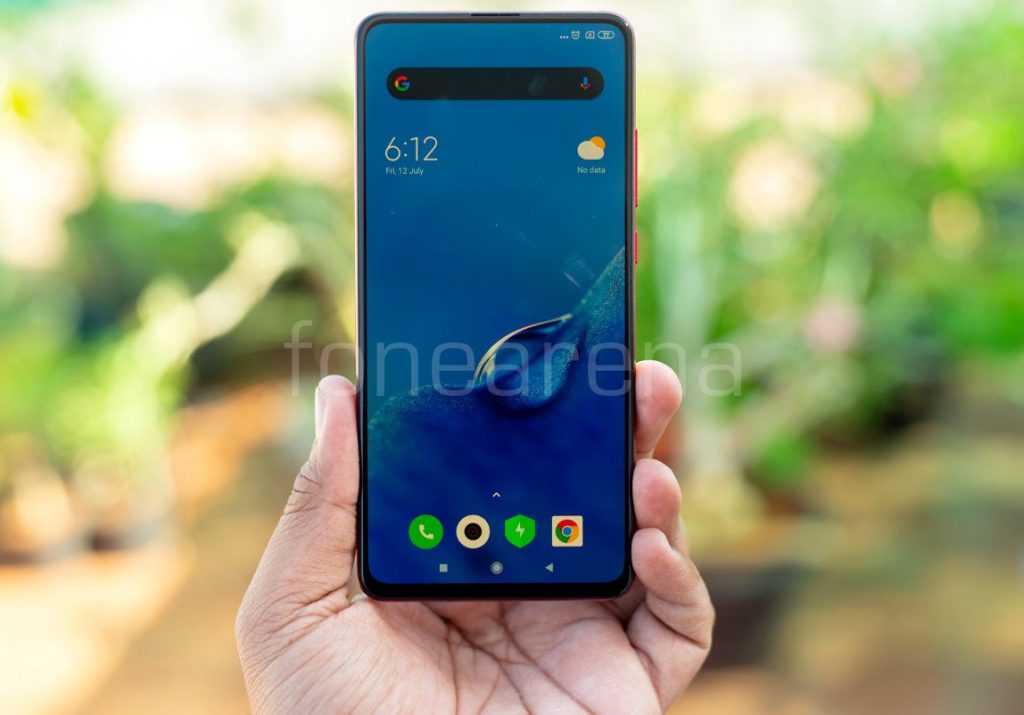
The phone features a 6.39-inch (2340 × 1080 pixels) Full HD+ 19.5:9 aspect ratio Horizon AMOLED display with support for HDR and DCI-P3 color gamut. It has 86.1% screen-to-body ratio and 403 PPI density. It has a 1.85mm side, 2.1mm top, and 3.8mm bottom bezels.
The display is bright, crisp and offers sound color output. Texts look sharp, and blacks are deep. Sunlight readability is good since it offers up to 600nit brightness in high brightness mode.
Furthermore, this device provides a lot of options to play around with including Contrast & Colors, Dark mode, Anti-flicker mode (DC Dimming), and Reading mode. For the uninitiated, the DC Dimming feature is used to prevent eye strain at lower brightness levels.
Reliable battery life
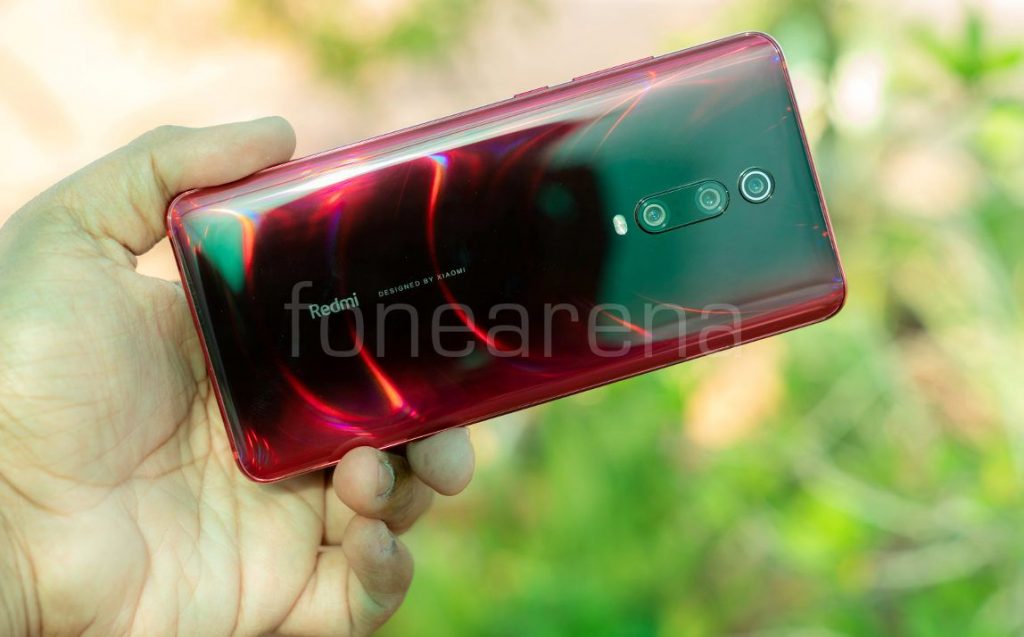
The Redmi K20 Pro is powered by a 4000mAh battery with support for 27W SonicCharge that promises 58% charge in half an hour, but it comes bundled with an 18W charger in the box. It’s worth mentioning that you can buy a 27W charger separately for Rs. 999.
In my opinion, it is one of the reliable smartphones out there in terms of battery backup. In our usage, the K20 Pro lasted more than a day with normal usage and lasted for the whole day with heavy usage (20% remaining on an average).
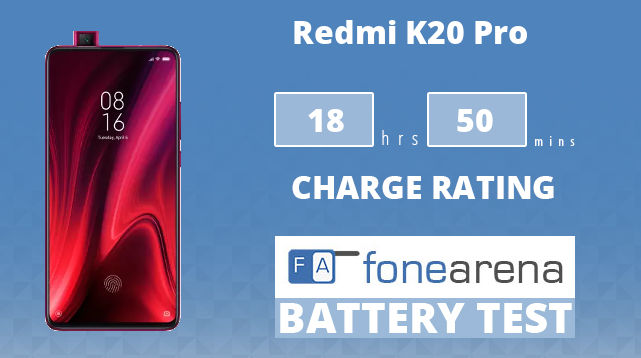
In our One Charge rating, the K20 Pro achieved 18 hours and 50 minutes. It took about 43 minutes to charge from 0 to 50%, and 1 hour and 43 minutes to charge from 0 to 100% using the bundled charger. Using the 27W SonicCharge Superfast charger, it took about 28 minutes to charge from 0 to 50%, and 1 hour and 22 minutes to charge from 0 to 100% using the bundled charger. The 27W charger is only Quick Charge 3.0 certified, and doesn’t work on other smartphones like POCO F1 and Redmi Note 7 Pro. You can check the demo on our FoneArena Tamil channel below.
OS smooth as butter
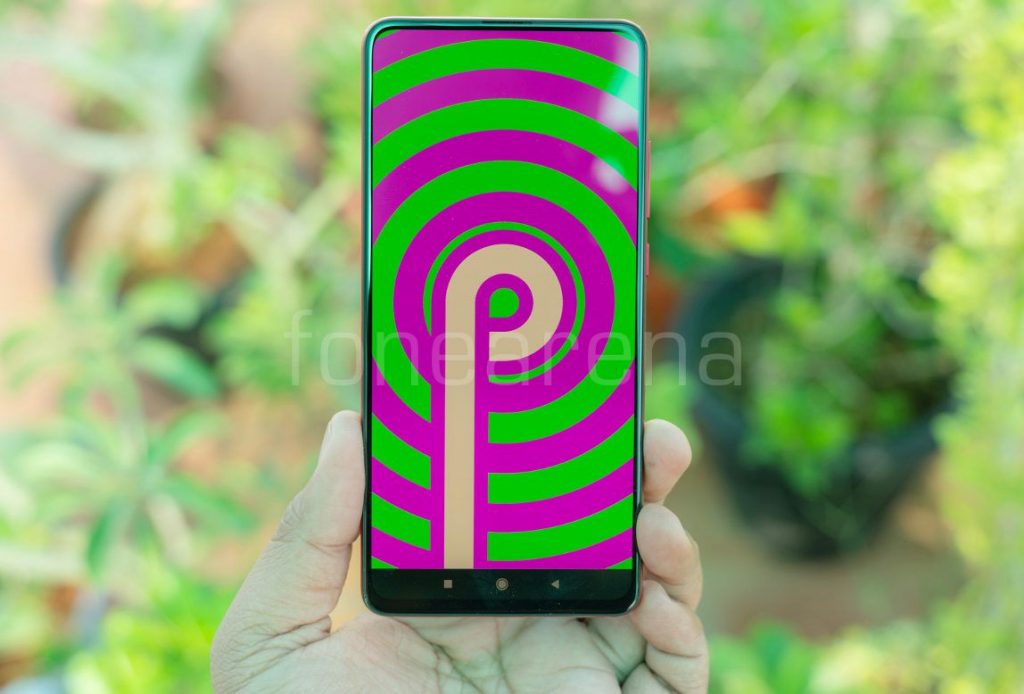
The Redmi K20 Pro is shipped with Android 9.0 (Pie) with MIUI 10 out of the box. It is no way near vanilla Android but offers tons of customisation one can ever ask for — Wallpaper, Themes, Quick ball, gesture shortcuts and more.
Unlike other Redmi devices, it runs on POCO launcher. Importantly, the K20 Pro does not have any ads. There are a bunch of native apps like Mi Video, Browser, Themes, and others that often shows notifications. However, there are options to disable the notifications as well.
48MP rear camera is excellent!
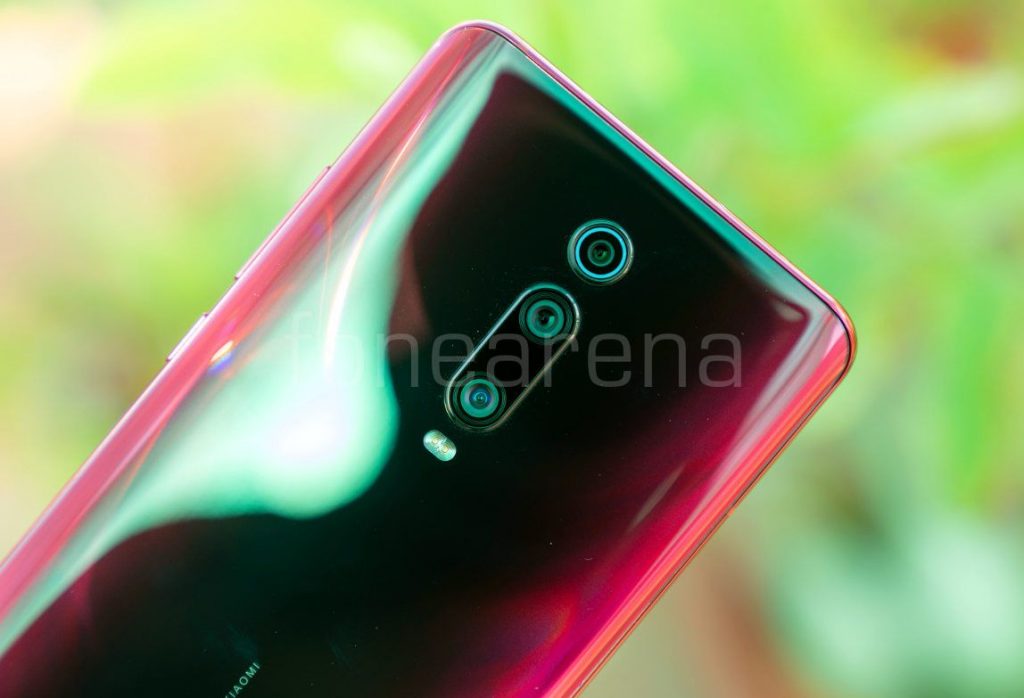
On the back, K20 Pro houses a triple camera setup:
- 48MP primary (1/2″ Sony IMX586 sensor, f/1.75 aperture, Laser autofocus)
- 8MP telephoto lens (1/4″ OV8856, f/2.4 aperture for 2x lossless zoom)
- 13MP wide-angle lens (1/3″ Samsung S5K3L6 124.8° ultra-wide sensor, f/2.4 aperture)
Furthermore, the K20 Pro supports EIS and 4K 60 fps video recording for all the cameras and 960 fps slo-mo recording. The camera renders a 12MP image by default through the technology called Pixel Binning. Moreover, there is a dedicated 48MP mode if you want to shoot 48MP.
In our usage, daytime images turn out very good for the most part with excellent details. Dynamic range is stellar, the photos are sharp and detailed, while noise is kept under control. The colors are true to life as well. We also tried 48MP mode as well but didn’t see much of a difference in the mobile display though except in a very few places. Importantly, a single 48MP image takes around 22 to 30MB.
The 8MP telephoto lens does a decent job if not great. Under lowlight (below certain conditions) the device switches zooming function to the primary camera resulting in 12MP digitally zoomed photo. We found the output far better than the image from the telephoto lens. On the other hand, wide-angle does its job pretty well.
When low light comes around, the K20 Pro still produces quite decent shots with excellent color preservation and detail levels. The noise reduction seems to work well and not go overboard. Furthermore, the portrait shots are better with good edge-detection. There are more portrait effects available, in case if you want to play around.
Comparing K20 Pro to the top dogs in the camera phone space, Xiaomi’s latest outing is no match. Like with everything about this phone – you have to account for its price here too. And for the price, it delivers impressive camera quality. Check out the camera samples here.
Top-notch performance!
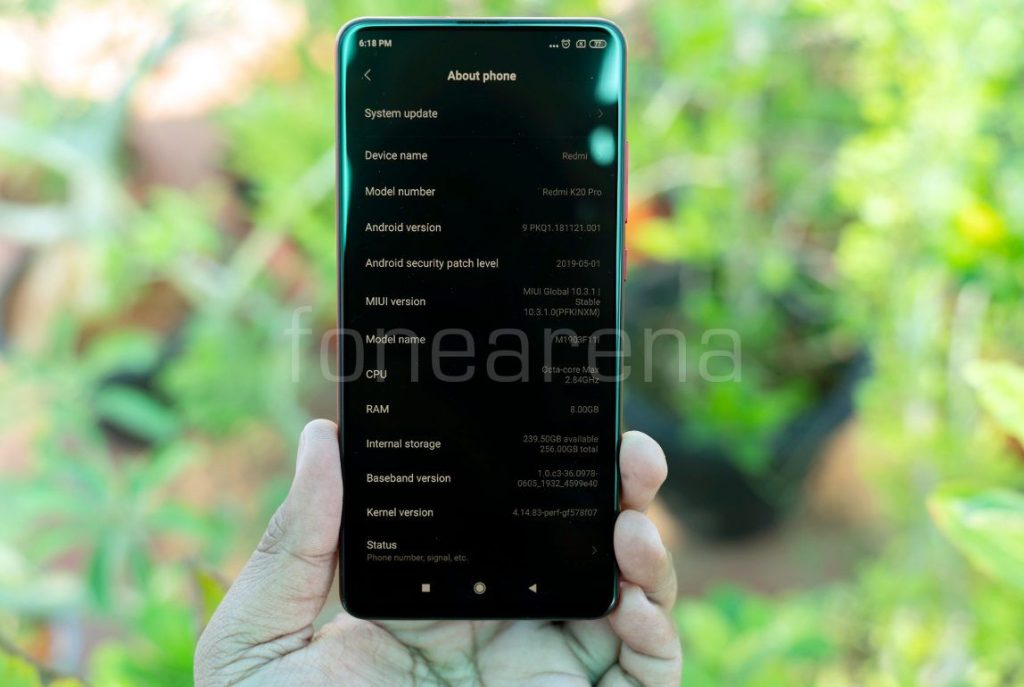
Read “Snapdragon 855” on the K20 Pro, and you’re expecting the phone to be speedy, lag-free, and perform very well no matter what task you throw at it. Well, you nailed it. That is precisely the case.
The device is a joy to use because it’s so fast, and we haven’t seen any annoying lags or stutters at all in our usage so far. However, during graphics-intensive gaming and Gcam usage, the device got a bit heated up, but it doesn’t get too hot, thanks to 8 layers of graphite 3D sheet that offers better heat dissipation. Check out some synthetic benchmark scores below.
AnTuTu Benchmark 7
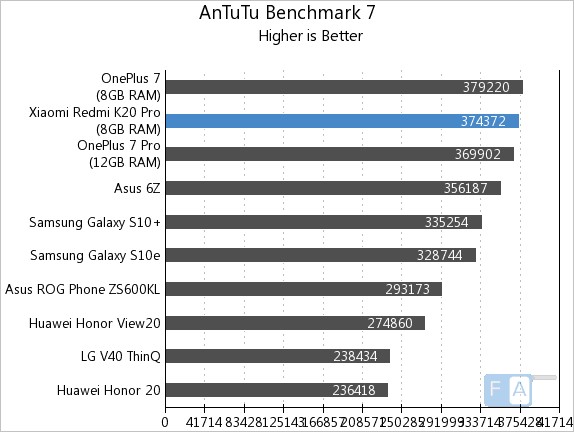
It scored 374372 points in the AnTuTu Benchmark 7 and grabbed the second spot behind the OnePlus 7.
Geekbench 4 Multi-Core
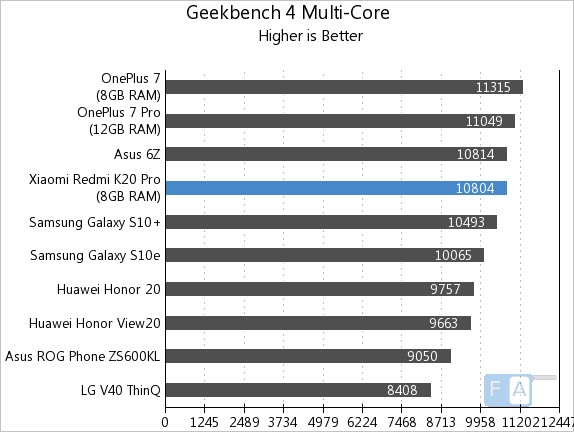
It scored 10804 points in the Geekbench 4 Multi-Core benchmark and grabbed the fourth spot.
3D Mark Ice Storm Unlimited
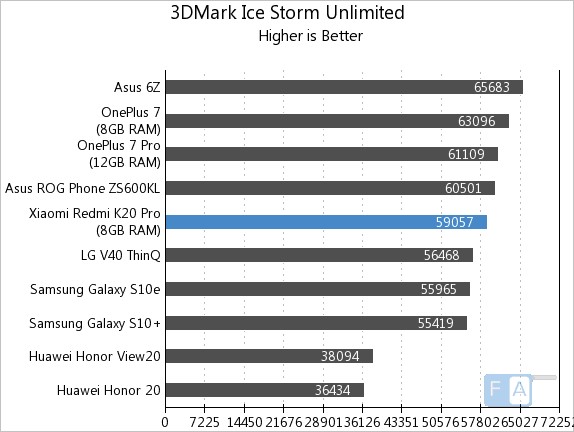
It scored 59057 points and grabbed the fifth spot in the 3D Mark Ice Storm Unlimited benchmark. Check out the complete set of benchmarks here. Also, check out the gaming review below.
Why should you not buy it?
Average selfie camera!
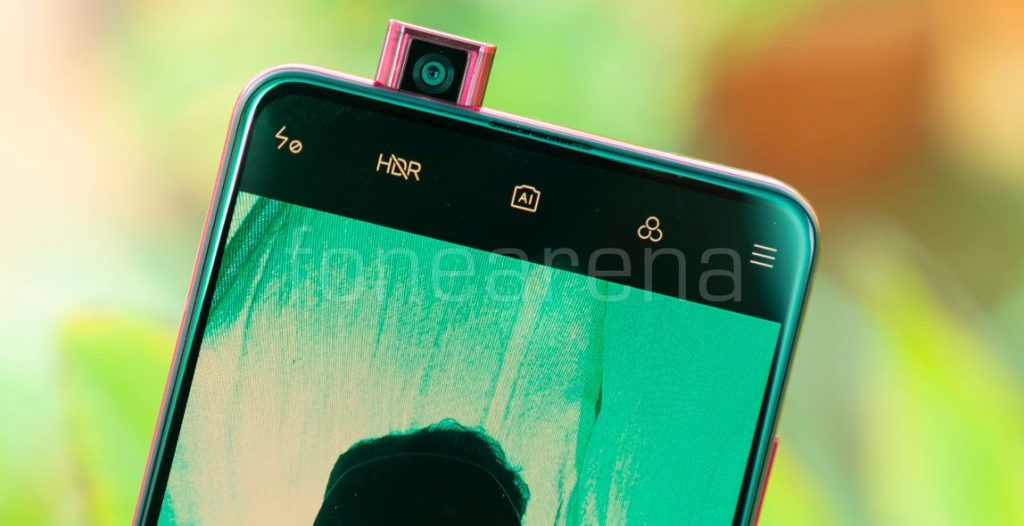
Well, there is no concrete reason that makes us stop recommending this phone. If we have to nitpick, the front camera takes above average pictures.
In terms of specifications, the K20 Pro features a 20-megapixel pop-up front camera with sapphire glass protection. As per the company claims, it has auto drop protection so that the camera is automatically retracted. To confirm it, we tested it, and they are right!
Talking about real-world usage, we are not impressed with the front camera output. This doesn’t mean it takes a bad picture, but there are lots of scope for improvement. It’s worth mentioning that the output with Gcam was way better than stock camera’s.

Apart from that, there are options to customise the camera sound effect as well.
Other mentions
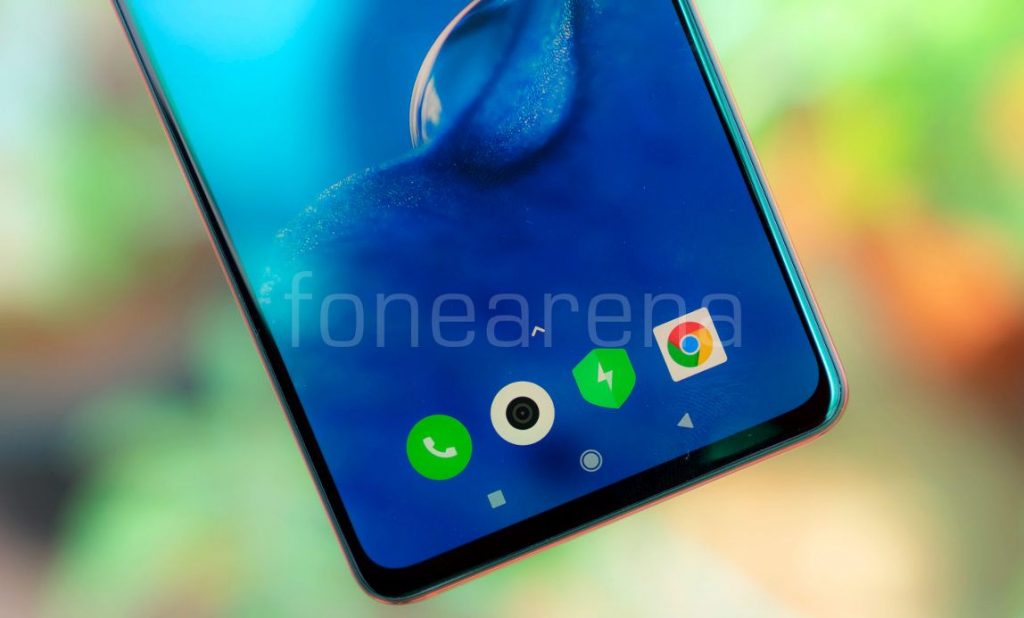
The Redmi K20 Pro features a seventh-generation optical in-display fingerprint sensor with the 3P lens. In addition to it, the finger area is also increased by 15%, which can capture the fingerprint optical signal better. The process of enrolling and unlocking the device happens in a jiffy. The area of the scanner is highlighted when the device is idle. At times, we felt its quicker than OnePlus 7. It unlocks the phone even when the screen is off.

There is a single bottom-firing speaker on K20 Pro, which is decently loud. Moreover, the audio through headphones is brilliant since it has a dedicated 24-bit/192kHz DAC, thanks to Qualcomm WCD9340 independent audio chip. We found no problem in the call quality on both earpiece and loudspeaker. It does support FM Radio, but it lacks MicroSD card option.
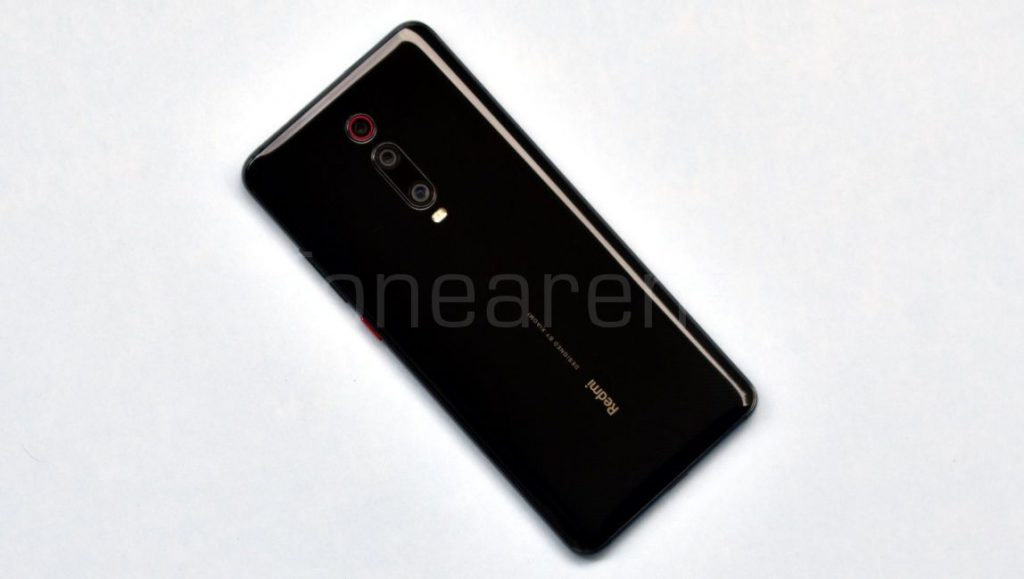
The K20 Pro is splashproof with P2i coating so that it can withstand. It has the usual set of connectivity features such as Dual 4G VoLTE with 4G+ support, Wi-Fi 802.11 ac (2.4 + 5GHz), Bluetooth 5, GPS + GLONASS, but the Indian version doesn’t have NFC support. It comes with Widevine L1 support out of the box so that you can enjoy HD content on Hotstar, Amazon Prime Video, Netflix and other streaming apps.
The Redmi K20 Pro comes in Flame Red, Glacier Blue and Carbon Fiber Black colors, is priced at Rs. 27,999 for the 6GB RAM with 128GB storage version and the 8GB RAM with 256GB storage version costs Rs. 30,999. It is available on Flipkart, Mi.com and Mi Home stores.
Photography by Siraj and Arpit

